Bess Gets Her Cherry Popped
Saturday AM, I finally had everything assembled to get my first shot off with my Pedersoli Brown Bess. Things went off without a major hitch. I even managed to dig up some FFG Goex that I purchased in 1986 to use in the inaugural shot. The powder worked like it had been made yesterday.
The first thing I did was put some powder in the pan and make sure I was going to get ignition. Check.
Next, I loaded a salute round of toilet paper over 65 grains of the FFG Goex. Check.
Next, I simulated a cartridge load with a parchment-wrapped .69 Cal ball over 85 grains of powder. That put a hole in the target at about the spot I was aiming. Check. If I was planning on meeting the British on the green. I’d have stopped there. This was what the Bess was made for.
When I first got the idea of shooting a Brown Bess, I had been shooting patched round-ball guns for 40-some years. It was just a matter of finding the right thickness of patch, putting a bit of it in the bore and then pushing it and the ball down the barrel. I had forgotten that all the rifled muskets I’d shot previously were a good 50-100 years ahead of the Bess, and the technology of the early 18th century dictated a ball wrapped in a paper cartridge. Cloth patches were generally not used before rifling came along.
Before proceeding further, I tried to clean the bore with a spit patch. I got the rod down about halfway and pulled it out. Yikes! That was a mess. Before I had a clean barrel again, I had soiled three 2-inch patches, but it was now ready for the next shot.
The next shot was going to be a step off the well-beaten path. I was now to the point of experimentation. I suppose any frontiersman left to use the Bess as a general-purpose rifle away from paper cartridge supplied to the militia was taking on the role of a mad scientist. He had to find the right available material that would keep the ball true going down the bore.
My first attempt was with a .015″ pre-cut pillow ticking was with a bit of vegetable oil. I used this with the .715 ball I cast from my new mold. This gripped the ball tightly. Mind you, in this exercise, I’m not trying to be historically accurate. I just want an accurate load for taking a deer.
This is when I got my first hang fire. The pan and touch hole had gotten dirty enough that it was interfering with proper ignition. I backed up, gave everything a quick clean, and sent the pick in the hole to loosen any gunk. I then refilled the pan and made sure to pack a little down the touchhole to be sure.
Fire in the Hole!
The result hit the target again, quite a bit higher than the first round. I had a noticeable increase in recoil, but nothing worrisome. I will come back to these oiled patches later after experimenting with a bunch of other methods. The classic is to take a wad of “tow.” I am not quite sure what tow was, but the modern equivalent is shredded burlap. Another alternative among the historically conscious is wasp nests, preferably without the residents.
After this, it was time to break for lunch, I put the ‘Bess away. However, I see now that this is going to be an interesting hobby within a hobby. I could easily go the rest of my life experimenting.
If you are reading this, wondering what it is like to shoot a flintlock musket like this, I will say that so far, the whole thing is a lot gentler than I expected. Yes, it was a bit disconcerting to have a burst of fire and smoke going off so close to my face. Yes, it was a tad unnerving to have a slight delay between the hammer falling and the report. However, the overall effect was remarkably civilized. Part of this is that the smoothbore allows the bullet to exit before there is a build-up of pressure. Part of it is that black powder does not have nearly the energy potential of modern smokeless. I frankly cannot imagine myself standing shoulder-to-shoulder trying to touch this thing off while balls are slamming into everyone around me. However, as a nice Saturday morning affair, firing it off my own front porch in the sunshine, I have to say I am quite enamored.
Perhaps the only dark side in this romance is that ‘Bess is a dirty bitch compared to any other firearm I have encountered. The bore was incredibly fouled, the lock was a mess, as was everything within 6 inches of the touchhole. Yikes. ‘Bess is going to be one of those dates that make you want to throw in the shower before attempting dinner and a movie. However, her overall performance is worth the effort.
She will also be demanding. That good cleaning will need to be done soon after firing or else the powder residue is going to make her rust. I know that from every other primitive firearm I’ve ever shot.
I was down at the farm, so I improvised clean-up. Blackpowder leaves behind a residue that loosens up fairly easy with soap and water, so I squirted some Dawn into an old beer stein of hot water generated by the coffee maker and wetted 2X2 shotgun patches before sending them down the bore with the range rod. It took about 8 of these before I stopped getting black gunk. Then I switched to cold water and rinsed. After several patches, I got back a clean one, and switched to dry patches to remove any remaining moisture. I then re-used some of the patches to clean up the lock, the pan and the barrel. I finished off everything with Ed’s Red gun oil (Kerosene and ATF).
It had been suggested to me that I should strip the whole thing down. However, I didn’t think your average Lobsterback, after a hard day of infringing the freedoms of the natives, would have spent his evenings playing with all those little pins by campfire light. Since it was the first firing, I did remove the lock when I got home and witnessed that very little fouling had gotten behind. I have since learned that this too was not the general behavior of the average soldier; they cleaned the barrel, lock, etc. and then left the detail work for an armorer with deep cleanings happening perhaps once a year.
This post has already been read 773 times!
Views: 2
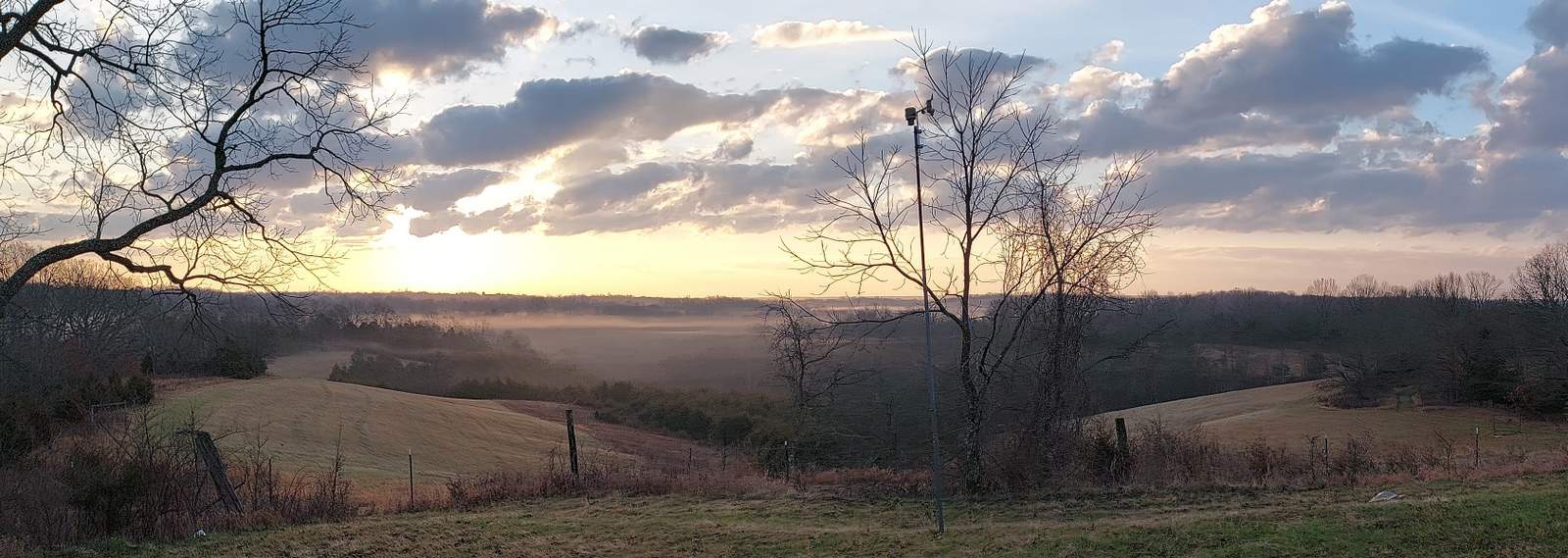

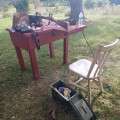
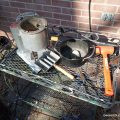
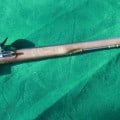
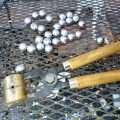
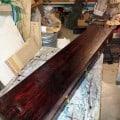

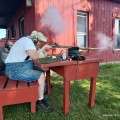
Comments
Bess Gets Her Cherry Popped — No Comments
HTML tags allowed in your comment: <a href="" title=""> <abbr title=""> <acronym title=""> <b> <blockquote cite=""> <cite> <code> <del datetime=""> <em> <i> <q cite=""> <s> <strike> <strong>